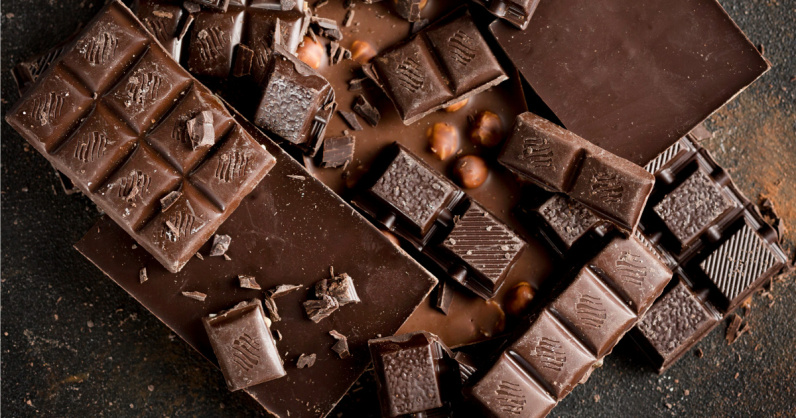Naturalized Flavours

The culinary theme continues in this month’s selection of Word Stories. After sampling a few recent additions to the anglophone diet, we return to some of its most common and best loved products: chocolate and ketchup. But can the English really claim them as their own? After all, neither are originally from the English-speaking world, and, as it turns out, nor are the names we give them. Read on to learn about the exotic etymological origins of these familiar favourites.
chocolate
Chocolate comes from Central America and southern Mexico, where evidence of its use has been dated to as early as 1900 BCE. Indigenous Mesoamericans made cocoa beans into a bitter drink, sometimes flavoured, possibly fermented and perhaps used in rituals, depending on the exact era and place. Drinks made with imported Central American chocolate were a luxury among the Aztec nobility, and cocoa beans were used as a currency in the Aztec Empire. In Nahuatl (the Aztec language) the drink might have been known as xocolātl, possibly from xococ “bitter” and ātl “drink”, although this form is not attested until the eighteenth century. Another possibility is that the word is in fact a compound formed of two native elements: xocol (haa), Mayan for “hot (beverage)”, and (cacahu)atl, the Classical Nahuatl term for “cocoa beans”. In any case, upon Spanish colonization, the word entered the Spanish lexicon as chocolate (pronounced cho-ko-lat-eh, with an extra final syllable compared to its English counterpart). Chocolate became very popular around Europe, which is how the word entered English and other languages.
ketchup
Ketchup is ultimately traceable to mainland China, where several dialects have a similar word for fermented fish sauces, including kê-chiap or kê-tsiap (鮭汁) in the Amoy dialect of Min Nan (Fujian) Chinese; this comes from roots meaning “(fermented) salmon” and “brine”. The sauce and the name were borrowed and adapted by the Malay people, who called it kēchap in their language. British sailors encountered the sauce and brought it to the other colonies, notably to North America, where local preferences led to the development of a sweeter version with less (and finally no) fish and a tomato base. Catsup is an Anglicized variant sometimes found in the southern US, but which has never replaced ketchup, whose pronunciation remains surprisingly close to its Asian roots.




